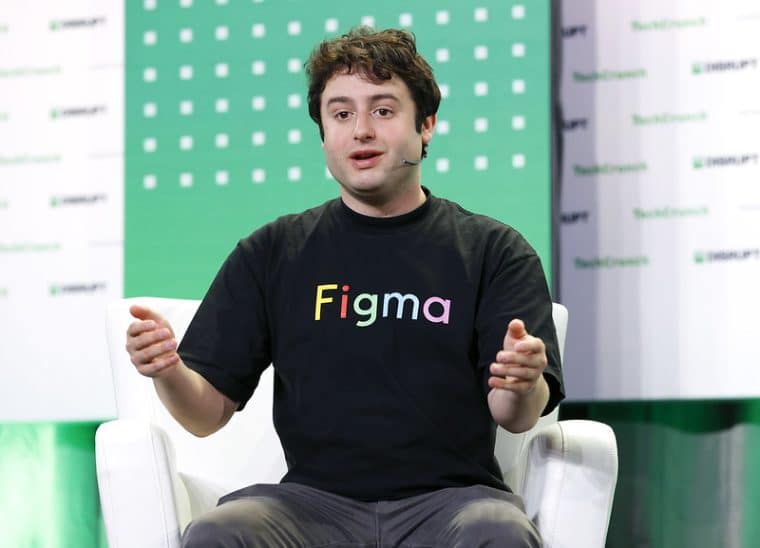
In mid-September this year, Adobe announced that it will be buying the web-based collaborative design platform Figma for an eye-popping figure of $20 billion in an effort to catch an up-and-coming trend in this particular market.
What is so attractive about this startup that prompted the creators of the popular design software Photoshop and Illustrator to spend that much money? Figma is effectively changing how creative teams work across the world by allowing co-workers to share an online canvas and make live contributions to the materials that can be viewed, criticized, and changed in real-time.
Why Are Product Teams Increasingly Relying on Figma?
One of the hurdles that designers typically face is that their work needs to be submitted to multiple parties for it to be approved. In case it is not, it has to be sent back, reworked, and shipped for approval once again.
Clear communication is a key obstacle in this particular process as designers often struggle to understand the vision of the person who commended the work while they may also find it time-consuming to make so many changes and are not necessarily assured that the time they have invested will lead to a positive outcome.
With Figma, co-workers can have live online meetings in which the designer(s) can perform changes to the product at hand in real-time and they can exchange feedback and make any tweaks necessary during the meeting.
The software is primarily designed for product design on the web, meaning websites and applications and not so much retouched pictures. Once the design part has been completed, developers are allowed to step in to add the coding necessary to make the design come to life in a live environment.
This is one positive aspect of Figma that may have made it so valuable for Adobe (ADBE) as the company managed to create a tool that allows developing teams to create functional apps and web-based modules after a single meeting by getting all the parties involved to collaborate in the appropriate environment.
CEO of Figma Shares Further Details About the Adobe Deal
Just yesterday, the co-founder and Chief Executive Officer of Sigma, Dylan Field, was interviewed by The Verge’s Decoder podcast. He was brought up to share some of his thoughts about why Figma has been so successful and what is the most attractive thing about the company for a design titan like Adobe.
First of all, it is important to note that Figma will remain an independent venture from Adobe, meaning that all the product and strategic decisions will be made by Field and his team based on what they deem fit to ensure that the company stays at the top of its game.
According to Fields, he will hand over periodical reports about Figma’s performance to Adobe’s Chief Business Officer of Creative Cloud and Digital Media, David Wadhwani. Fields commented that it was David who pushed for the acquisition and that made the relationship between the two a natural thing.
Fields also commented that Figma’s employees will be well compensated as a result of the deal but did not disclose details about how much he may be making. The deal with Adobe involves both a cash and equity component and companies like Figma typically hand over equity to their employees as an added incentive to work at a startup. Figma has approximately 1,000 employees and job applications have surged since the deal was announced.
Also read: Best Scrum Software & Tool: Top 10 for November 2022
One of the aspects that the startup’s founder emphasized as being crucial to the success of this acquisition is that Figma’s values are particularly well aligned with those of Adobe.
“It turns out our values are actually very similar to Adobe. That is one thing I learned through this process. Our mission is very similar to Adobe”, Fields commented.
If it was not for the Adobe deal, Figma would probably be on its path to becoming a publicly-traded entity at some point as Fields emphasized that the company is cash-flow positive and has been doubling its revenues year after year.
In regards to why he accepted the deal, Fields commented: “We were in as good of a state as possible. It was really about the merits of a combined entity, what we could do together, how we could be useful, and how we could make this product better for our audience. That was really the thing that was weighed the most heavily”.
Other Related Articles: